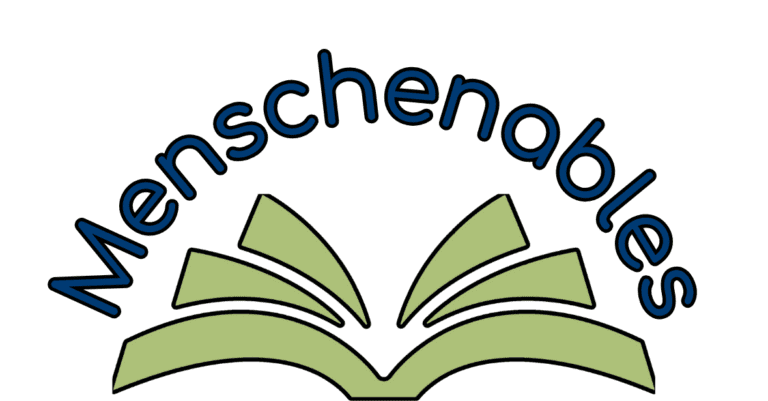In today’s educational landscape, Jewish educators face the unique challenge of integrating rigorous academic standards with the rich traditions of Judaic learning. How can we design lessons that fulfill Common Core requirements and instill deep Jewish values and knowledge?
The key lies in thoughtful lesson planning that weaves together secular skills with timeless Torah teachings.
Understanding the Common Core in a Judaic Context
The Common Core Standards emphasize critical thinking, textual analysis, and evidence-based reasoning—skills that align beautifully with traditional Jewish learning. Whether studying a Torah portion, analyzing a Talmudic discussion, or exploring Jewish history, students can develop essential literacy and mathematical skills while deepening their connection to Judaism.
For example, close reading techniques used in Common Core literacy standards and skills mirror how Jewish scholars have studied sacred texts for generations. When students analyze a Rashi commentary or compare different interpretations of a biblical verse, they engage in the same higher-order thinking skills required in Common Core skill-based classrooms.
Effective Lesson Planning: Infusing Judaic Content with Skills and Standards

Creating meaningful lessons integrating Judaic content with skills and standards requires careful planning and intentional design. By aligning Jewish studies with rigorous academic skills, educators can foster deeper engagement and critical thinking while maintaining the richness of Torah learning. Here’s a brief overview of the 7-step guide I use to craft engaging and effective lessons that blend these essential elements. Over the next few weeks, I will be delving into each step more thoroughly.
Step 1: I Define the Learning Objectives
I begin with a clear vision of what I want the students to learn. I define specific, measurable objectives that articulate what students should know, understand, or be able to do by the end of the lesson.
Step 2: I Gather and Prepare Materials
I have learned the hard way that having the right resources on hand is key to a smooth and engaging lesson. I do a whole lot of research on the topic, gather videos, create reading passages, etc.
Step 3: I Structure the Lesson
I think about my students’ learning styles: who is a visual learner, who needs more kinesthetic activities, who struggles with reading comprehension, etc. This reflection about my students’ learning styles helps me determine the structure and types of activities that will be incorporated into the lesson. A well-structured lesson keeps students engaged and ensures a logical flow of learning.
Step 4: I Plan for Student Engagement
I try to keep students actively involved in the lesson, which enhances learning outcomes and retention. Again, I focus on my students’ learning styles.
Step 5: I Incorporate Assessment Methods
Assessments don’t have to be test-like. They can be a quick verbal check for understanding or a project that highlights their retained knowledge and understanding of the subject. Learning how to track student progress effectively will help guide your instruction.
Step 6: I Try to Adapt for Diverse Learners
Differentiation is the key to our classroom success. It ensures that all students can access and engage with the lesson content. Again, I cannot emphasize enough the importance of knowing who your students are as learners. Understanding their learning needs and differences ensures that all students have access to the information.
Step 7: And Finally, I Always Reflect, Review, and Refine
I always take time after I teach a lesson, regardless of how it went, to reflect on it. I ask myself: What went well? What needs improving? What were the highlights, and what were the low lights? Reflecting on the effectiveness of the lesson will help strengthen your future lessons and instruction.
By aligning Judaic content with skills and standards, we ensure that students meet academic benchmarks while strengthening their Jewish identity. This integrated approach fosters deeper engagement, critical thinking, and a love for both Torah and general learning. By thoughtfully incorporating these strategies, we can create lessons that fulfill standards and enrich students’ connection to Torah learning.
How do you integrate academic skills into your Judaic curriculum?
Share your insights in the comments below!


